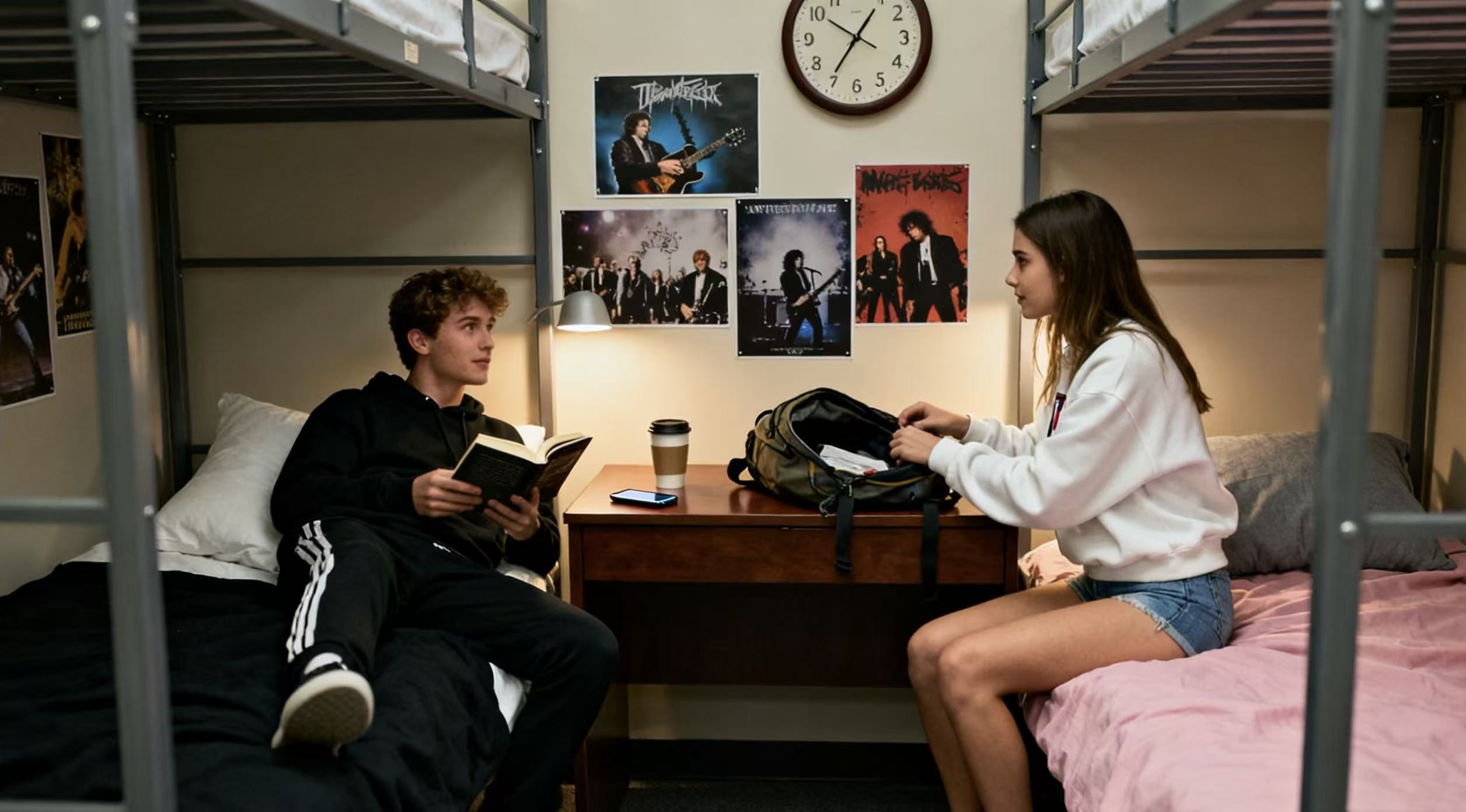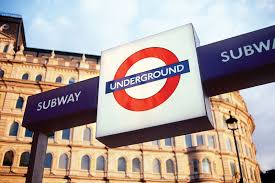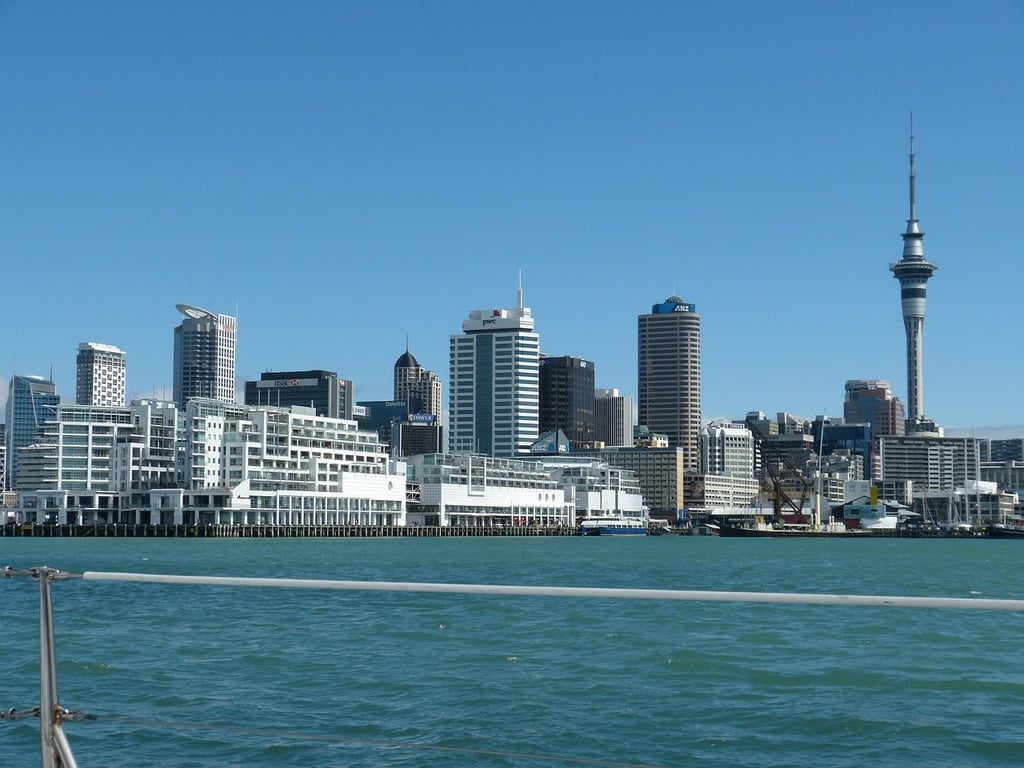The UK boasts a diverse transportation system. Trains serve as the primary mode of travel between cities, while buses dominate urban transport. Yet in London, the iconic London Underground (commonly known as the Tube) is a popular choice. For newcomers, the London Underground guide is essential.
How to use the London Underground map?
The iconic ring of the London Underground, also known as the Bulls-Eye or Target, typically features a red ring adorned with various station names. Over time, new colours have been introduced, each representing different lines. The construction of the London Underground commenced as early as 1856, and it was officially inaugurated on January 10, 1863.
1. The London Tube map
Lines
Currently, the London Underground has 11 lines, namely: the Bakerloo Line, Central Line, Circle Line, District Line, Hammersmith & City Line, Jubilee Line, Metropolitan Line, Northern Line, Piccadilly Line, Victoria Line, and the Waterloo & City Line.
Each line has its own representative colour. Even the handles inside the subway carriages are meticulously painted to match their respective colours. For instance, the Victoria Line is adorned in sky blue, thus the predominant hue within the carriages mirrors this shade.
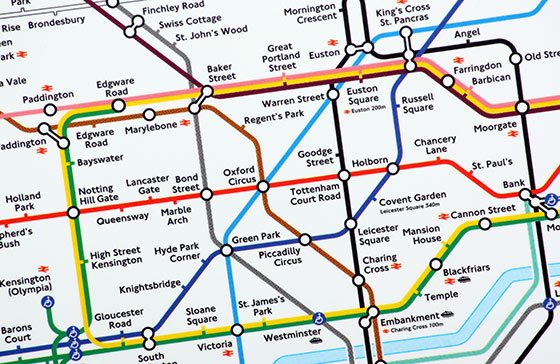
For travellers seeking convenience, an electronic version of the comprehensive London Underground map is readily available. Alternatively, you can visit any subway station to obtain a complimentary paper version of the map.
The quickest way to find a tube route is by visiting the Transport for London (TfL) website and using the “Plan a Journey” function. Simply input your location and destination, and it will provide you with the fastest route. Not only does it cover the details (such as lines, directions, stations, transfers, and travel times), but it also includes information on bus, walking, and cycling routes. Plus, the routes on the official website are regularly updated.
Directions
Once you’ve identified the lines, the next step is to determine the correct direction. Consult the subway map to find your desired direction, following the four directions of Northbound, Southbound, Eastbound, and Westbound.
2. The stations of the London Underground
Destinations
After confirming the direction, you need to know which subway to board. One confusing fact about the London Underground is that not all subways have the same destinations. If you’re travelling to the countryside, be sure to check the last stop for that particular subway route.
The London Underground has electronic signs at the middle and upper part of each platform, showing passengers where the next train is heading and the arrival time for the next train (some platforms were built in a complex way, so you need to walk to the middle of it for checking).
After you find the target station on the tube map, look at the sign and see where you want to go before the next subway arrives. Moreover, it is important to read it carefully before taking the subway. It is best to prepare a map with you, but asking the way is also convenient.
Exits
Some of the exits in the British subway are called Exit and some are called Way Out. The structure of the station is complicated due to the long history of the British underground. There are too many lines passing through the same station, so you must follow the sign of Way Out to get out of the station.
How much is the London Underground fare?
1. Methods of payment
There are many ways to buy underground tickets in London, and you can choose between more convenient or more suitable ways for yourself.
Oyster card
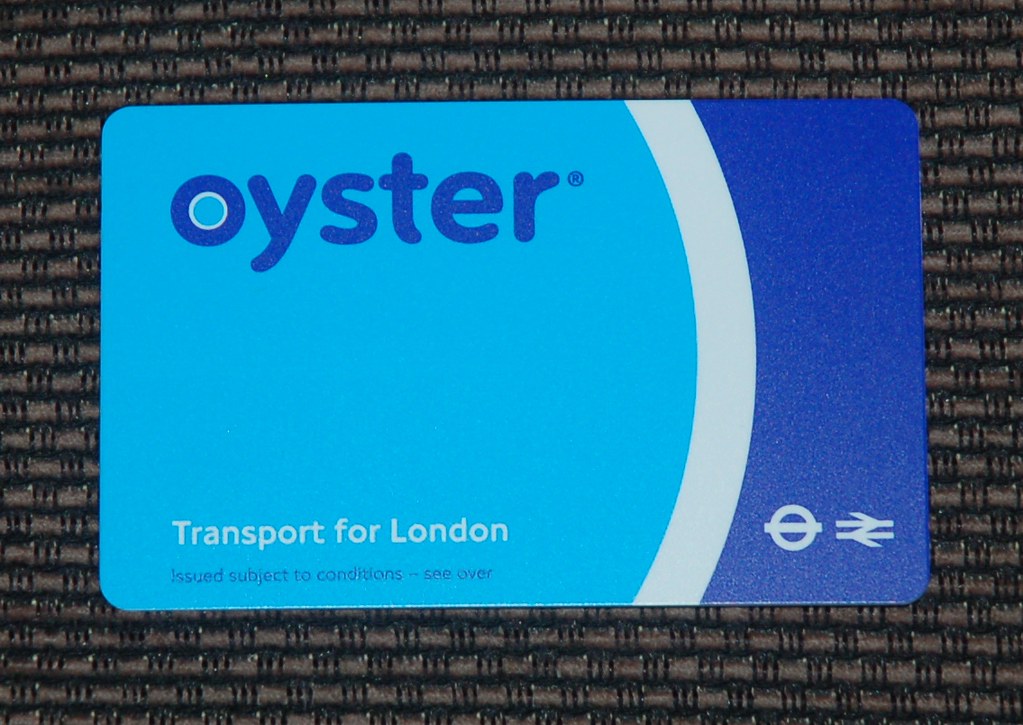
The London Underground runs through the nine zones of London, and the price of the tickets depends on the zones you travel through. The more zones you cross, the more expensive the fare will be. Oyster card is an essential transportation card for people living in London to charge money and use all public transportation (underground, bus, tram, trains, etc.).
If you frequently use the London Underground, consider purchasing a monthly or weekly pass. This provides cost-effective travel for regular commuters.
For short trips to London, you can still benefit from the Oyster Card by using it whenever you need to hop on public transport.
Remember, the Tube is not only a practical way to get around but also an iconic part of London’s identity. So grab your Oyster Card and explore the city!
Contactless payment
If you’re not a London resident and don’t take the subway often, you may opt for Contactless Payment (CP) directly through your bank card. CP utilizes the familiar Wi-Fi-like symbol on your card and is now widely available across most banks in England. Here’s why it’s a convenient choice for underground travel.
- By using CP, you can skip the ticket queues and avoid the hassle of purchasing or recharging an Oyster Card.
- Simply tap your contactless-enabled bank card, and you’re good to go.
- CP eliminates the need for handling an additional card (like the Oyster Card), saving you both time and effort.
- Plus, the fares remain the same as if you were using an Oyster Card.
Mobile pay
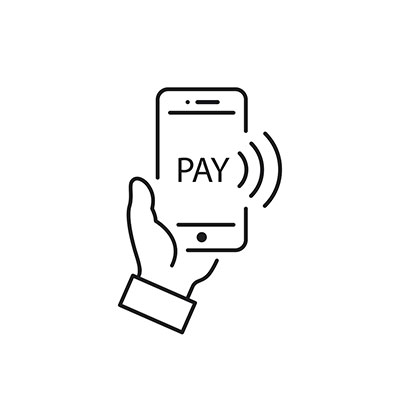
As smartphones become increasingly prevalent, commuters can now effortlessly buy a ticket using Apple Pay or Google Pay.
All you need to do is activating the payment function on your smartphone. Link your relevant bank card to the payment app. And then, after completing the setup, when you’re ready to use the subway, simply hold your mobile phone near the yellow card reader. It’s done!
2. The London Underground rush hour and fares
Rush hour
The London Underground, also known as the Tube, operates on a system of peak and off-peak fares. If you’re using Pay As You Go with an Oyster card or a bank card (rather than a tourist card like Travel cards), the fare structure works as follows:
- Peak Fares:
Apply on weekdays (Monday to Friday) during specific hours:
Morning Peak: From 6:30 AM to 9:30 AM (excluding public holidays).
Evening Peak: From 4:00 PM to 7:00 PM.
If you travel from a station outside Zone 1 to a station within Zone 1 between 4:00 PM and 7:00 PM on weekdays, it’s also considered a peak fare.
- Off-Peak Fares:
Apply at all other times (outside the specified peak hours).
Additionally, if you travel from a station outside Zone 1 to a station within Zone 1 between 4:00 PM and 7:00 PM on weekdays, it falls under the off-peak category.
Fares
In addition, due to London’s zoning system (including zones like Zone 1, Zone 1-2, Zone 1-3, and so on), this article cannot provide the exact price of a London subway ticket.
But there will be a peak ceiling every day. Every year, the transportation fee in London will raise. The fare of one-way tickets can be checked on the official website, enter your departure and terminal, or check the price list of Travelcard directly.
Learning the tips from the London Underground guide is important for people living in London. For specific fare details and route information, please visit the official website. Additionally, explore more about life in London on our dedicated page.
FAQ
Is there a map of the London Underground available?
Yes, there is a comprehensive map of the London Underground, commonly known as the Tube map. It displays all the lines, stations, and interchanges. You can find printed versions at stations or access digital versions online.
What are the operating hours of the London Underground?
The London Underground operates from early morning until late at night. However, specific hours may vary by line and station. Generally, trains start running around 5:30 AM and continue until approximately midnight. Be sure to check the official Transport for London (TfL) website for precise schedules.
How do I transfer between different Tube lines?
Transferring between Tube lines is common when navigating the network. Look for signs indicating interchange stations. Follow the signs to the connecting line, and remember to tap in and out using your contactless payment method.
Can I use the London Underground with a baby stroller or wheelchair?
Yes, the London Underground is accessible for passengers with strollers or wheelchairs. Many stations have step-free access, lifts, and designated areas for strollers. However, it’s advisable to check specific stations in advance, as not all of them are fully accessible.
